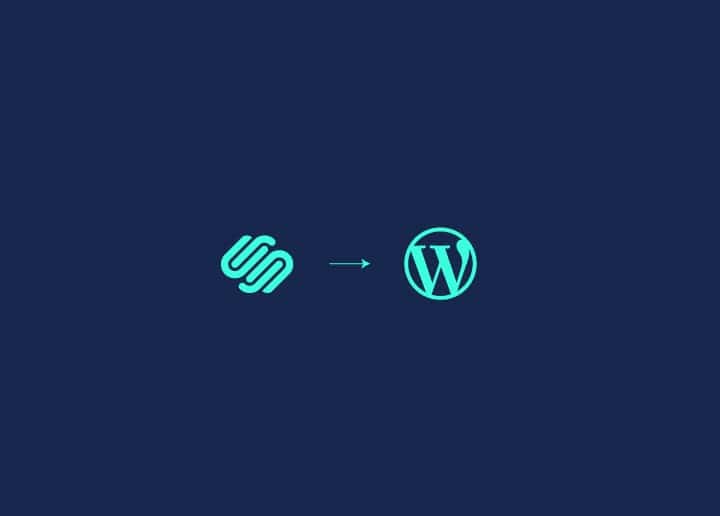A favicon, short for “favourite icon,” is a tiny yet crucial element that enhances your website’s branding and user experience. It’s the small icon that appears in the browser tab when visitors access your site. A well-designed favicon can make your website more memorable and professional. In this guide, we will show you how to generate and add a favicon to your WordPress website to create a lasting impression.
Contents
Toggle1. Why is a Favicon Important?
Before we dive into the steps to add a favicon to your WordPress site, let’s understand the importance of this tiny but impactful graphic. A favicon serves several essential functions:
- Branding: A favicon can be a smaller representation of your logo. It ensures your brand is consistently visible to users, even when they have multiple tabs open in their browsers.
- Professionalism: Having a favicon makes your site appear more professional and trustworthy. It signals that you’ve paid attention to the details, which can positively impact your visitors’ perception of your website.
- Usability: When users have multiple tabs open, a favicon helps them quickly identify and locate your site, leading to a better user experience.
- Bookmark Recognition: It makes your site easily recognisable in a user’s bookmarks, which is especially helpful when they return to your site.
2. Steps to Generate and Add a Favicon
Now, let’s proceed to the steps on how to generate and add a favicon to your WordPress website.
Step 1: Create Your Favicon
Before adding a favicon to your WordPress site, you need to create one. You can design your favicon using graphic design software like Adobe Photoshop, Illustrator, or online tools such as Canva. A favicon is typically a square image with dimensions of 16×16 pixels or 32×32 pixels. Ensure it represents your brand and is visually appealing.
If you’re not a designer, you can use online favicon generators like Favicon.io to create a favicon quickly. These tools offer pre-made templates and customisation options.
Step 2: Format Your Favicon
Most favicons are in the .ico format, which is compatible with all major web browsers. However, modern browsers also support other formats like .png, .gif, and .jpg. To ensure broad compatibility, it’s a good practice to create and save your favicon in multiple formats.
Step 3: Upload Your Favicon to WordPress
Log in to your WordPress admin area to access your website settings.
- Navigate to the Customiser: Click on “Appearance” in the WordPress dashboard and select “Customise.”
- Select the Site Identity Section: Inside the Customiser, find the “Site Identity” section. Here, you’ll have the option to upload your favicon.
- Upload Your Favicon: Click on the “Select Site Icon” button. This will open the media library. Upload your favicon image from your computer or select an existing one from your media library.
- Crop Your Favicon: After uploading the image, WordPress will prompt you to crop the image to the appropriate size. Ensure the favicon looks good in the cropping preview and click “Crop Image.”
- Save Your Changes: Finally, click the “Publish” button to save your changes. Your favicon is now set, and it will appear on your website.
Step 4: Test Your Favicon
After adding your favicon, it’s crucial to test it across different browsers and devices to ensure it appears correctly. Check the appearance in various browsers and on both desktop and mobile devices to make sure it looks consistent and recognisable.
Conclusion
Adding a favicon to your WordPress website is a simple yet impactful way to enhance your brand’s image and improve user experience. With just a few steps, you can create and upload a favicon that represents your brand and makes your website more professional. A favicon may be small in size, but it can leave a big impression on your visitors, helping them remember your site and return for more. So, don’t overlook this essential detail when setting up your WordPress site.



